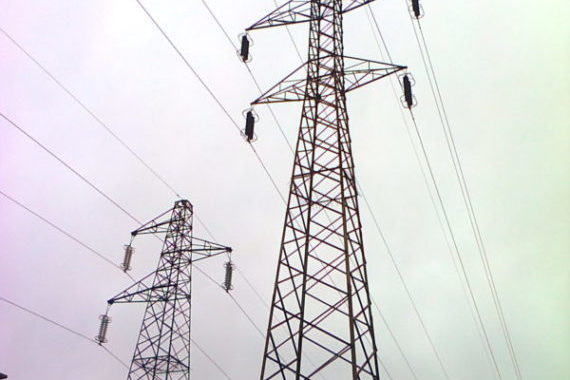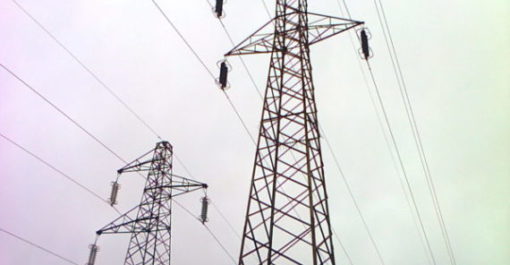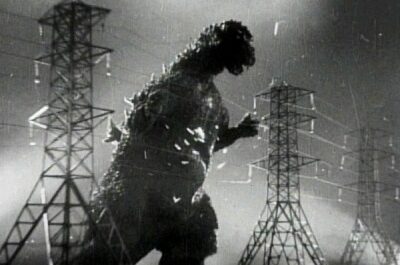Roma, 11 febbraio 2021 – A gennaio i consumi di energia elettrica italiani hanno confermato i segnali di recupero già registrati nei mesi precedenti. Terna, la società che gestisce la rete elettrica nazionale ad alta e altissima tensione, ha rilevato una richiesta di energia elettrica pari a 27,1 miliardi di kWh: un valore che – destagionalizzato e corretto dagli effetti di calendario e temperatura – risulta in miglioramento congiunturale dello +0,8% rispetto a dicembre 2020. Le fonti rinnovabili hanno coperto circa il 34% della domanda (rispetto al 30% del gennaio 2020). Segnali più che confortanti anche dall’indice IMCEI: il campione dei consumi industriali monitorato da Terna mostra una crescita sia tendenziale (+3,1% rispetto a gennaio 2020) sia, per il quarto mese consecutivo, congiunturale (+0,7% rispetto a dicembre 2020).
A livello tendenziale, la domanda elettrica in Italia risulta invece inferiore dell’1% rispetto a quella di gennaio 2020. Va però considerato che quest’anno gennaio ha avuto due giorni lavorativi in meno e una temperatura media mensile inferiore di 0,7°C rispetto al gennaio 2020: il valore rettificato porta a una variazione positiva dello 0,2%.
Nel mese di gennaio 2021 la domanda di energia elettrica italiana è stata soddisfatta per l’87,6% con produzione nazionale e per la quota restante (12,4%) dal saldo dell’energia scambiata con l’estero (+1,1% rispetto a gennaio 2020). In dettaglio, la produzione nazionale netta è stata pari a 23,9 miliardi di kWh. In forte crescita la produzione eolica (+58%), positiva anche quella idrica (+7,7%); in flessione le produzioni da fonte geotermica (-4,9%), termoelettrico (-6,9%) e fotovoltaica (-24,7%).
A livello territoriale, la variazione di gennaio 2021 è risultata differenziata sul territorio nazionale: negativa al Nord (-2,2%) e al Centro (-0,5%), positiva al Sud e Isole (+1,4%).
L’indice IMCEI elaborato da Terna – che prende in esame e monitora in maniera diretta i consumi industriali di circa 530 clienti cosiddetti energivori connessi alla rete di trasmissione elettrica nazionale (grandi industrie dei settori ‘cemento, calce e gesso’, ‘siderurgia’, ‘chimica’, ‘meccanica’, ‘mezzi di trasporto’, ‘alimentari’, ‘cartaria’, ‘ceramica e vetraria’, ‘metalli non ferrosi’) – ha fatto registrare un variazione tendenziale del +3,1% rispetto a gennaio 2020. Performance positive per i comparti della siderurgia (+9,3%) e dei materiali da costruzione (+6,4%), deboli quelli della chimica (-2,8%) e della meccanica (-4,6%). Analizzando separatamente i cosiddetti Clienti Puri (quelli che esclusivamente prelevano dalla rete) e gli Autoproduttori, la variazione tendenziale mostra un aumento rispettivamente del +2,8% e del +4,3%.
L’analisi dettagliata della domanda elettrica mensile provvisoria del 2020 è disponibile nella pubblicazione “Rapporto Mensile sul Sistema Elettrico”, consultabile alla voce “Sistema elettrico >> Dispacciamento >> Dati esercizio” del sito www.terna.it.
I dati in tempo reale sull’esercizio del sistema elettrico nazionale sono inoltre consultabili sull’app di Terna disponibili sui principali store:
https://play.google.com/store/apps/details?id=it.terna.energia&hl=it
https://apps.apple.com/it/app/terna/id1458535498
Growth continues compared to previous months: demand at 27.1 billion kWh. Terna: recovery of electricity consumption in Italy confirmed also in January – Industrial consumption was positive: the IMCEI index recorded positive growth both at the trend rate (+3.1%) and economically (+0.7%) thanks to steel and construction materials
Rome, 11 Februay 2021 – In January, Italian electricity consumption confirmed signs of recovery registered in previous months. Terna, the company that manages Italy’s high and extra-high-voltage electricity grid, recorded electricity demand of 27.1 billion kWh, a figure which, when adjusted for seasonal, calendar and temperature effects, showed an improvement of +0.8% compared to December 2020. Renewable sources covered approximately 34% of the demand, (compared to 30% in January 2020). Highly comforting signs also from the IMCEI index: the sample of industrial consumption monitored by Terna shows both the trend rate of growth (+3.1% compared to January 2020) and, for the fourth consecutive month, economic growth (+0.7% compared to December 2020).
For the trend rate of growth, electricity demand in Italy is instead 1% lower compared to January 2020. However, it should be considered that this year, January had two fewer working days and an average monthly temperature of 0.7°C lower than in January 2020: the adjusted value leads to positive growth of 0.2%.
In January 2021, 87.6% of electricity demand in Italy was met by national production and the remainder (12.4%) by the balance of electricity exchanged with foreign countries (+1.1% compared to January 2020). More specifically, net national production was 23.9 billion kWh. Wind energy production growing strongly (+58%), positive growth also for hydroelectric power (+7.7%), while solar (-24.7%), thermal (-6.9%) and geothermal (-4.9%) production dropped.
At the regional level, changes in January 2021 were different throughout the country: negative in the North (-2.2%) and in Central Italy (-0.5%), while it was positive in the South and on the Islands (+1.4%).
Terna’s IMCEI index – which directly examines and monitors the industrial consumption of about 530 large energy consumers connected to the Italian electricity transmission grid (large industries in the following sectors: cement, lime and gypsum, steel, chemical, engineering, transportation, food, paper, ceramics and glass and non-ferrous metals) – recorded a trend rate of growth of +3.1% compared to January 2020. Positive performances for the steel (+9.3%) and construction materials (+6.4%) sectors, weak for chemistry (-2.8%) and engineering (-4.6%). Analysing separately the so-called Pure Customers (those who only withdraw from the grid) and the Self-producers, the annual change shows an increase respectively of +2.8% and +4.3%.
A detailed analysis of provisional 2020 monthly electricity demand is available in the publication “Monthly Report on the Electricity System”, under the section “Electric System >> Dispatching >> Operating Data” at www.terna.it.
Real-time data on the operation of the national electricity system can also be found on the Terna app, available on all app stores.
https://play.google.com/store/apps/details?id=it.terna.energia&hl=it
https://apps.apple.com/it/app/terna/id1458535498







